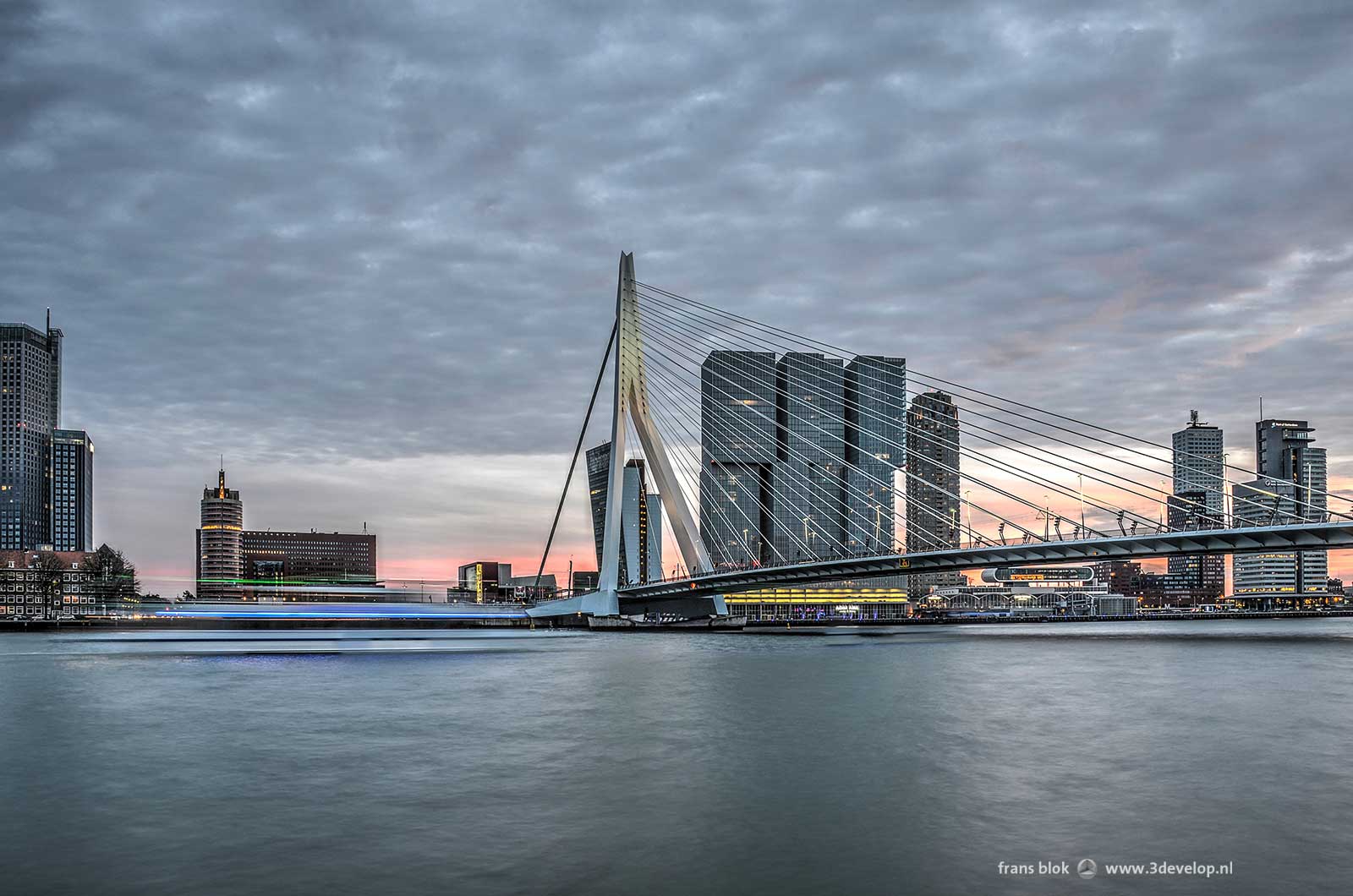Christmas Blog: Lights on the Shortest Day
If in winter it wouldn’t become dark so early, it wouldn’t stay light on summer evenings that long. In that respect, things are distributed fairly across the globe: over an entire year there’s the same number of daylight hours everywhere. In a way, we are now saving light for later. But there is another reason for not being too sad about the short days.
Some theory to start with
This year 21 December is the shortest day. Of course, also in that day there are 24 hours but it’s the day with the least hours of daylight.
A less known fact is that the shortest day does not coincide with the latest sunrise and the earliest sunset.
The earliest sunset is in fact on 12 December. In my hometown Rotterdam, the sun dips already below the horizon at 16.30.
The latest sunrise is two and a half weeks later, on 31 December. In Rotterdam we can see the sun rise as late as 8:49, weather permitting of course.
It all has to do with the fact that the Earth’s orbit around the Sun is not a perfect circle but an ellipse. Wikipedia explains.
The bright side
Most people are not fond of those dark days. Getting up and having breakfast in the dark, coming home and having dinner in the dark; it’s depressing, isn’t it?
But for photography it’s a great time. The low sun provides much better light than in warmer seasons. And favorite moments like the golden hour and the blue hour are on much more convenient times.
Some more theory: the golden hour is just after sunrise and just before sunset; the blue hour is just before sunrise and just after sunset. And of course they do not last exactly one hour; the optimum conditions are usually considerably shorter.
On summer evenings you have wait quite long for those nice photo opportunities, not mentioning the inhumane hours you have to get out of bed must for the early variety. Nine in the morning and half past four in the afternoon, those are more pleasant times.
Urban Photography
For city photographers there’s another advantage. In summer, office buildings are usually dark around sunrise and sunset, but in winter at those times the lights are already, or still, on. And of course there’s the Christmas lights.
So in these dark days I often go into the city with my Nikon D5100 around four PM. (I must admit that even now my attempts in the morning are less successful).
No tripod
I usually use a small aperture (high f-number) for the purpose of a large depth of field. And an ISO value of 100 to get the least possible noise on my pictures. The exposure time is variable and, of course, is rapidly increasing as it becomes darker.
To make things more complicated, I usually take three photos with different exposure times, to merge these into an HDR image using the program Photomatix. But more about that soon in another article.
Hand-held shooting, when it gets dark, is no longer possible. Yet I rarely take a tripod with me. The city is full of walls, boxes, benches, bollards, railings, ledges, trash cans and quay edges that form a stable platform for my camera. And with the two-second self-timer, I avoid any vibration that can result in blurry photos.
The show begins
The light show actually starts an hour before sunset. Artificial light is still nowhere in sight, but the low sun already creates a special atmosphere:
A colorful palet
If you’re lucky with the weather, the sky now starts to change color: a mix of red, yellow, blue, white and gray and all adjacent shades. Indoors the first lights go on. Or maybe they were already on but they are beginning to become noticable:
Exposure times rapidly increase, causing moving objects to become blurry:
Changing atmosphere
While the artificial light becomes stronger, the daylight becomes weaker. The atmosphere changes with every passing minute:
Street lights and neon signs go to; spotlights on buildings begin stand out:
Light streaks
When the sun is behind the horizon the sky gets a dark blue color. The exposure times have become so long that cars cause light streaks:
Blurs and reflections
Water surfaces are getting a surreal fuzziness. To the human eye, it starts to get dark but for a camera, there is still enough light to see colors and textures of buildings:
Buildings and lights reflect in wet surfaces. The exposure times are so long that people are no longer visible on the photo, which gives an sense of alienation:
Shift of balance
Daylight retreats further, artificial light becomes dominant:
An unexpected gift
Sometimes, when it is almost completely dark, something unexpected happens. The photo below was taken on a night when it was mostly cloudy. The sunset was therefore not too spectacular. But then far above the North Sea a hole in the clouds appeared through which the Sun squeezed some last rays. That put the city in an almost magic light:
In the coming weeks the good times will continue for a while. In the afternoon the sun cautiously started to go back on its path; in the morning you can almost sleep in and still be in time for the blue and golden hour. I think I’ll once again try to set my alarm a little earlier the next week.





































I often miss the day you post your magic; sometimes I have to click on your blog to see what I have missed. I have missed the shortest day of the year but, like you, it has drifted into the shadows of the past, and I live each day in anticipation of a little more warmth and a little more light. The cycle never ends; it will be here long after we are gone. So let us give thanks we have been privledged to feel the cold and the sun so many times!